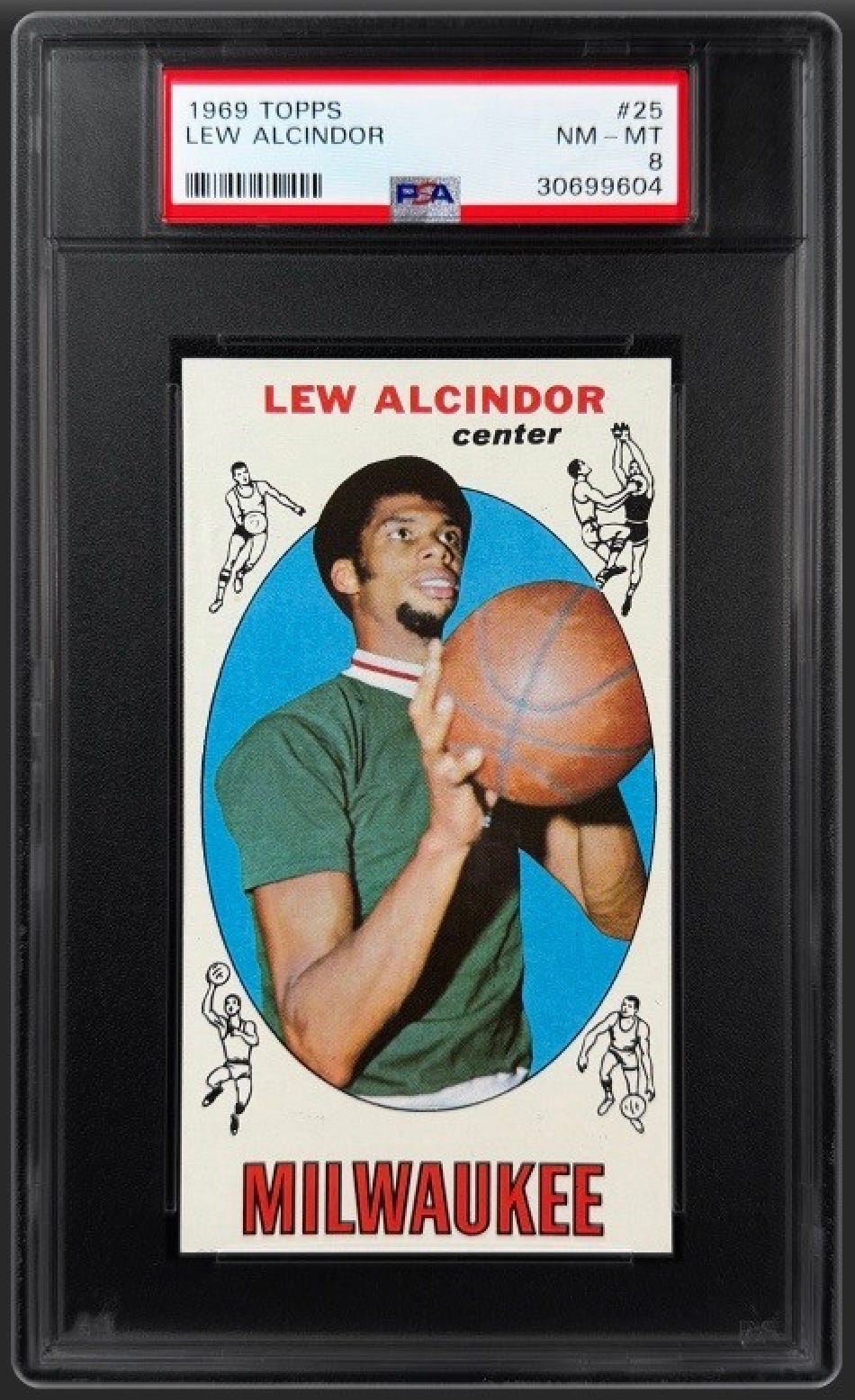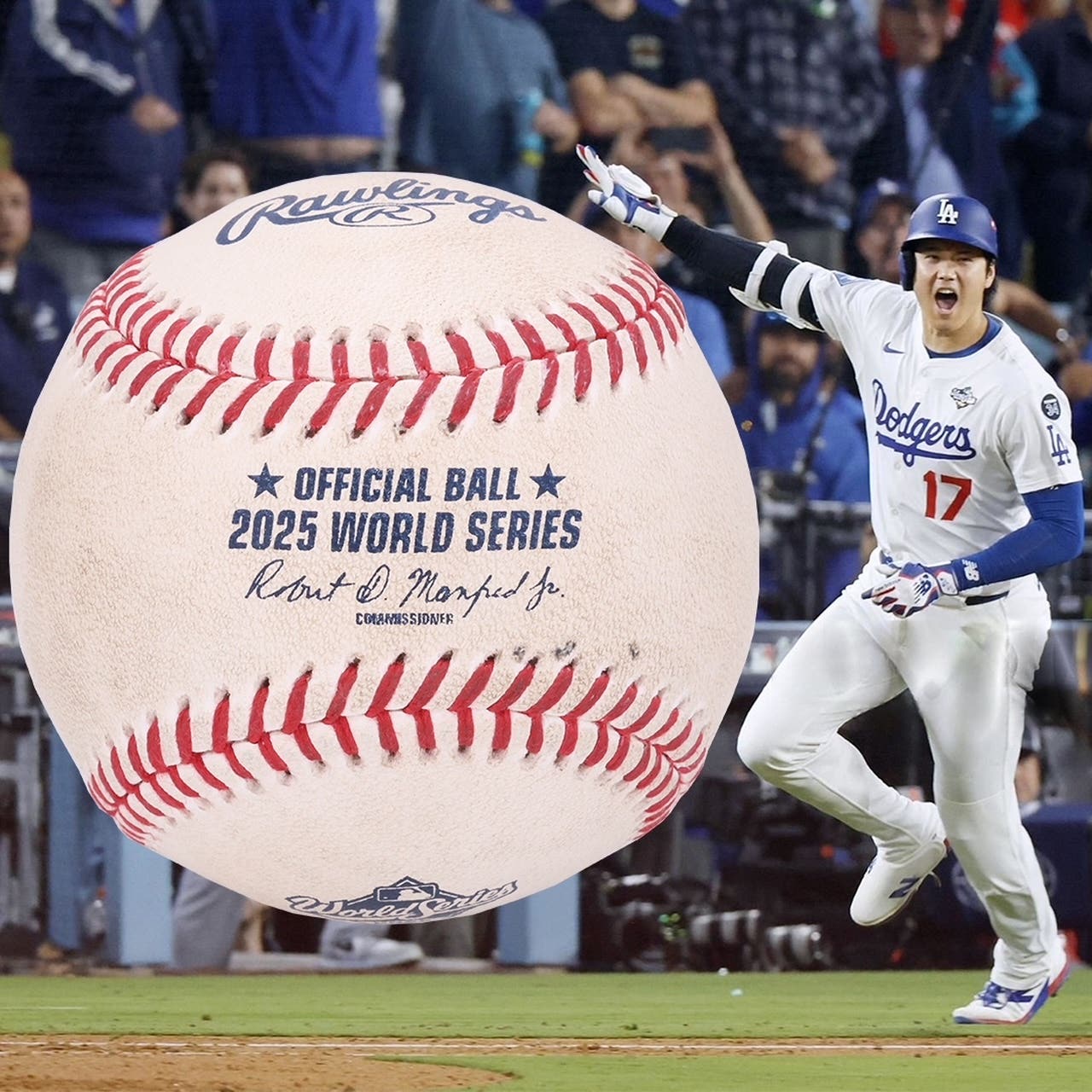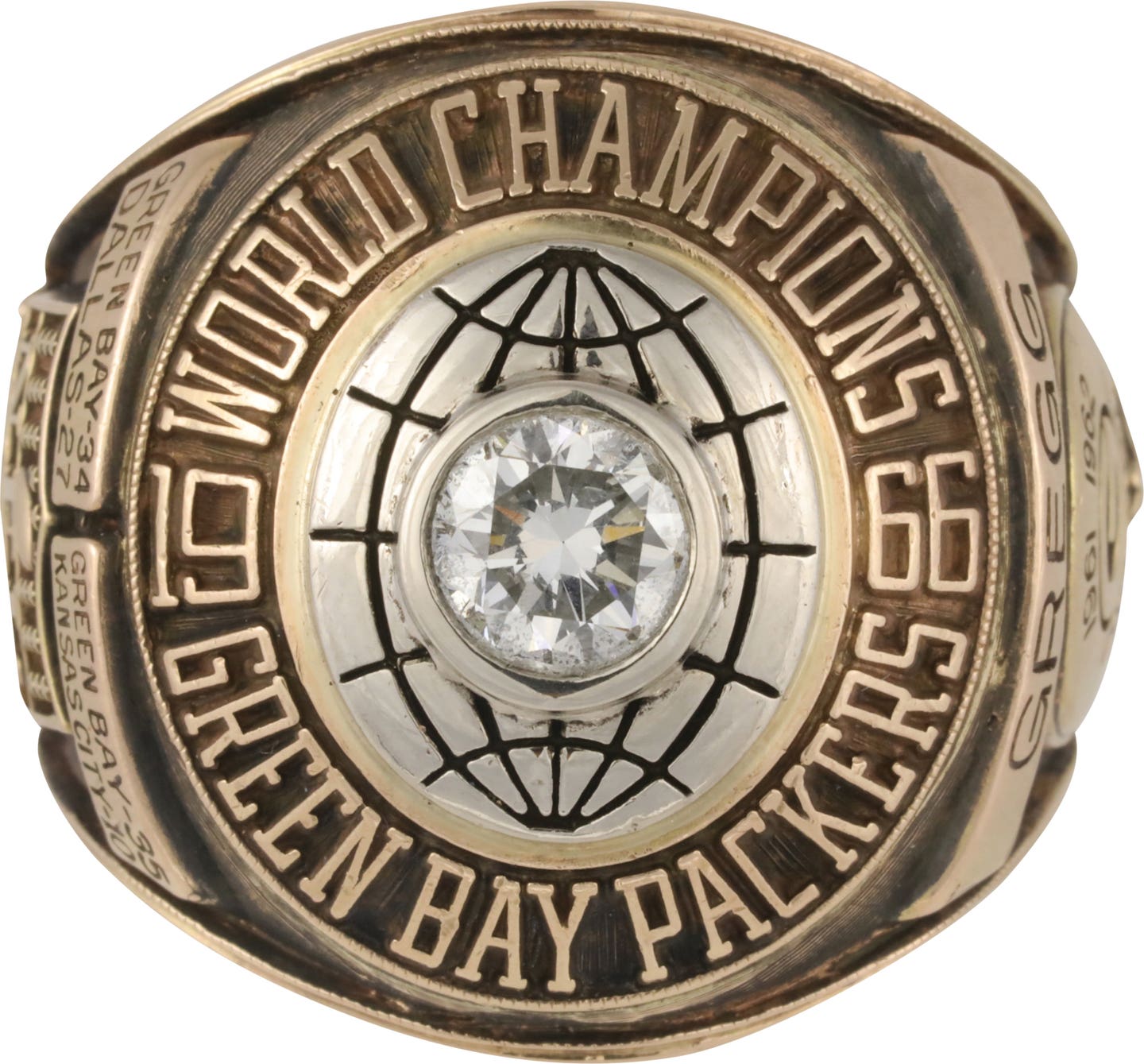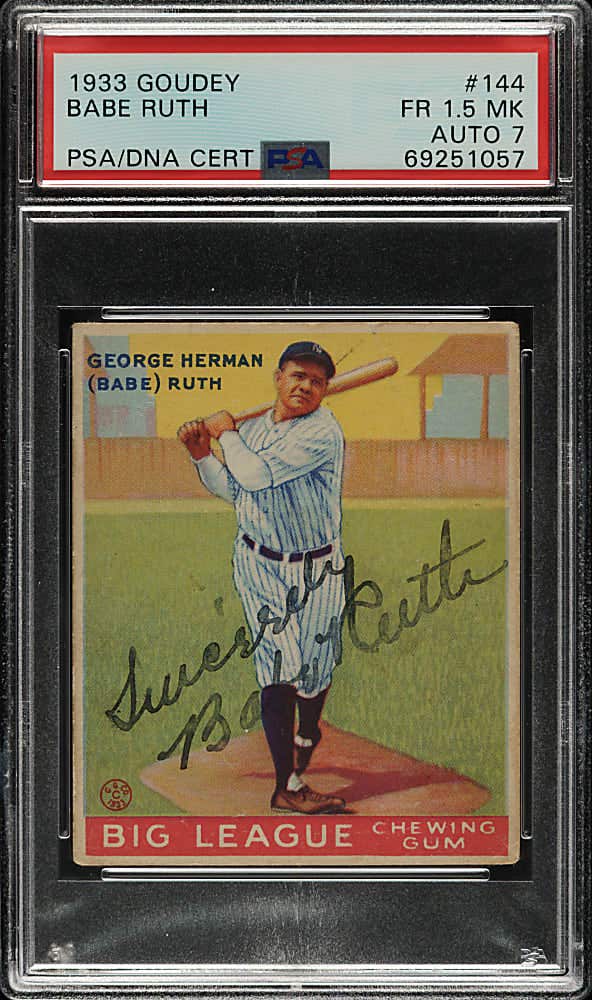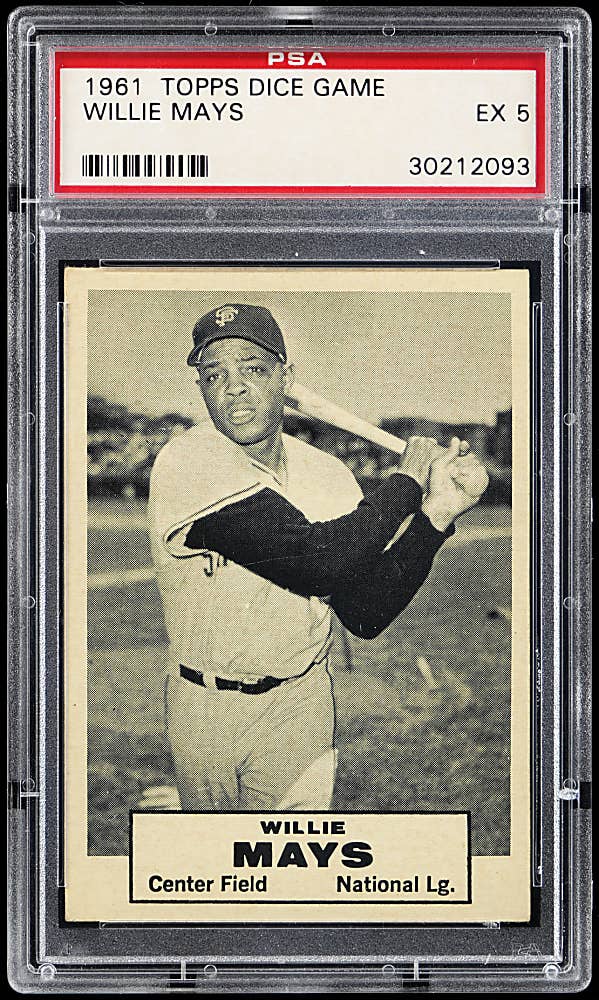Collecting 101
Boxing figures can be a real knockout
My memories of boxing date back to the late 1950s when my father and I would settle back and watch the fights on a small black-and-white TV. Back then, there were only two colors of boxing trunks - black or white - and he would always let me pick the boxer of my choice for a friendly father-son wager. While watching the fights he would regale me with stories of his favorites: Willie Pep, Rocky Marciano and the legendary Joe Louis. A few years later, a young, brash and totally entertaining Cassius Clay would defeat the heavily favored Sonny Liston for the heavyweight title and solidify my passion for boxing in the process.
Within the last year, at the age of 53, I fulfilled one of my sports fantasies by entering the squared circle for the first time. I began taking boxing lessons to get in shape and found it to be totally addicting. Along with these lessons is a weekly sparring match with other students. I have found that there is no bigger adrenaline rush than facing a man toe-to-toe with the intent of inflicting pain. Although we are well padded with headgear and heavier gloves, all of our primal instincts surface within those ropes. A new-found respect has surfaced in me for all boxers as we struggle through seemingly never-ending three-minute rounds. Until you have experienced one of these rounds, you will never be able to fully appreciate the conditioning that boxers must endure.
Boxing is one of the earliest sports dating back to the ancient Greeks. It first appeared as an Olympic event in the 7th century B.C. The ancient Greeks believed that fist fighting was one of the games played by the gods. The Romans continued the tradition with savage matches that often resulted in death. The sport's popularity decreased after the fall of Rome, but was revived in 18th century England. It became especially popular during the championship years of James Figg, who held the heavyweight title from 1719-30.
In 1866, the Marquess of Queensberry lent his name and support to a new set of boxing rules, many of which are still in use today. These new rules eliminated wrestling and gouging, and made the use of gloves mandatory. In 1892, James Corbett defeated the last of the great bare-fisted fighters, John L. Sullivan, under these new rules and thus began the modern era of boxing.
Throughout the early part of the 20th century and into the late 1940s, boxing was one of the most popular sports in the world. With the advent of television and the growth of more TV friendly sports such as baseball and football, boxing has seen a decline of popularity over the last four decades.
Unless you have cable TV or are willing to bear the expense of Pay-Per-View fights, there is little or no boxing to watch. With all of the different boxing organizations, it is almost impossible to know who the champions from each weight class are. All that being said, it remains a wonderful sport that combines the beauty of self-defense with the savagery of a man-on-man confrontation.
Throughout the modern era of boxing, one argument is still at the forefront: "Who's the best that ever lived?" Each generation will back his fighter whether it is Dempsey, Louis, Marciano, Ali or Holmes. Unlike the more statistical-based sports, we can never measure each generation of fighter with any certainty to their greatness. The debate will always live on.
While that argument will always produce a wide array of anwsers, one thing is for certain: Joe Louis is one of the most idolized sports personalities in the "figural memorabilia" world. His image was captured on everything from clocks to ashtrays to lamps. Other fighters that have made their mark in the hobby are Sullivan, Dempsey and of course, the great Muhammad Ali.
One of the best figural pieces featuring the likeness of Joe Louis is the 1930s "Joe Louis World Champion" clock (see photo below). It is a 12-inch piece made of white metal that gives a bronze-like appearance. The image of Louis is shown from his waist up and with boxing gloves to the side of the clock. The words "Joe Louis- World Champion" are embossed just below the clock.
In working, near-mint condition this clock usually sells for $500 or less, which is a bargain. Another incredible piece that features Louis is a 1935 lamp. It also measures 12-inches and portrays Louis in his boxing stance. It is made of painted chalk and has a metal threaded pipe with lamp socket above his shoulders. It too can be found at the bargain price of $500 or less. There is a remarkable early '40s Joe Louis plaster bust that stands about 8 inches. Other Louis figural items include a 10-inch chalkware plaque with his 3-D image and a 12-inch painted chalk ashtray with him in boxing mode. Finding these items isn't easy, but the surprise is that they are usually reasonably priced.
If you are boxing fan, there are plenty of other figural items that you can look for. Several pieces honored the fighters from the bare-fisted era. One such piece is a 8-inch ceramic statue of the famed 1824 English Championship fight (photo at left) between England's Tom Spring and Ireland's Jack Langan. Spring won the fight in 72 rounds, but this mid-19th century piece has lasted a lot longer. The 1860 Heenan-Sayers bout was immortalized with a 91/2-inch porcelain statue by Staffordshire. There are reproductions of this statue, but an original will set you back more than $500. The legendary John L. Sullivan had his share of figural items, too.
One was a 10-inch bronze wall ornament that was issued late in the 19th century. When found, this plaque can sell in the $500 range. A 1950's Gunther Beer advertising plaque included a 7-inch 3-D statue. This plaque appeals to both boxing and advertising collectors and sells in the $125 price range.
Probably the most famous of all boxers is Muhammad Ali. There are several modern day figural items of him. They include a decanter, Gartland statue and several dolls. The likenesses are incredible and again the prices seem quite reasonable, especially when compared to baseball and football memorabilia.
There were also quite a number of generic comical figurines that incorporated boxing scenes. L.L. Rittgers produced two separate three-piece statue sets of boxers. They each depict a different puncher missing his target and hitting the referee. The set with the bald puncher sells for about $250 while the rarer blond-headed puncher set sells in the $500 range. There is also a hysterical '60s bobbing head of a "punch-drunk" boxer (see photo on previous page) that sells for under $100.
So as you can see, there are plenty of figural items with boxing themes. Compared to the higher priced baseball and football pieces, they all seem reasonably priced. You'll enjoy adding them to your collection. They are knockouts.
Carter-Hoffman Update
We recently purchased some very interesting pieces that can be attributed to Carter-Hoffman. Just to refresh, Carter-Hoffman produced wood-carved college football mascots in the late '40s through the early '50s. They came in several different sizes ranging from as little as 2 inches to a jumbo size measuring nearly 14 inches. We also know that they made bottle spouts with mascot heads. Their order catalog indicated that there were quite a number of schools from different conferences and independent schools that were available. Our new find are two pin-backs with all the "earmarks" of Carter-Hoffman's works.
As you might have already guessed, they are also wood carved and feature the mascot heads of the University of Massachusetts Minutemen and the New Hampshire Wildcats. They each measure close to 21/2 inches. The lettering on their hats is clearly Carter-Hoffman. The verso side is flat and has an attached pin and ribbon. They are fabulous looking. As we always say, just when you think you've seen it all, something else pops up.



